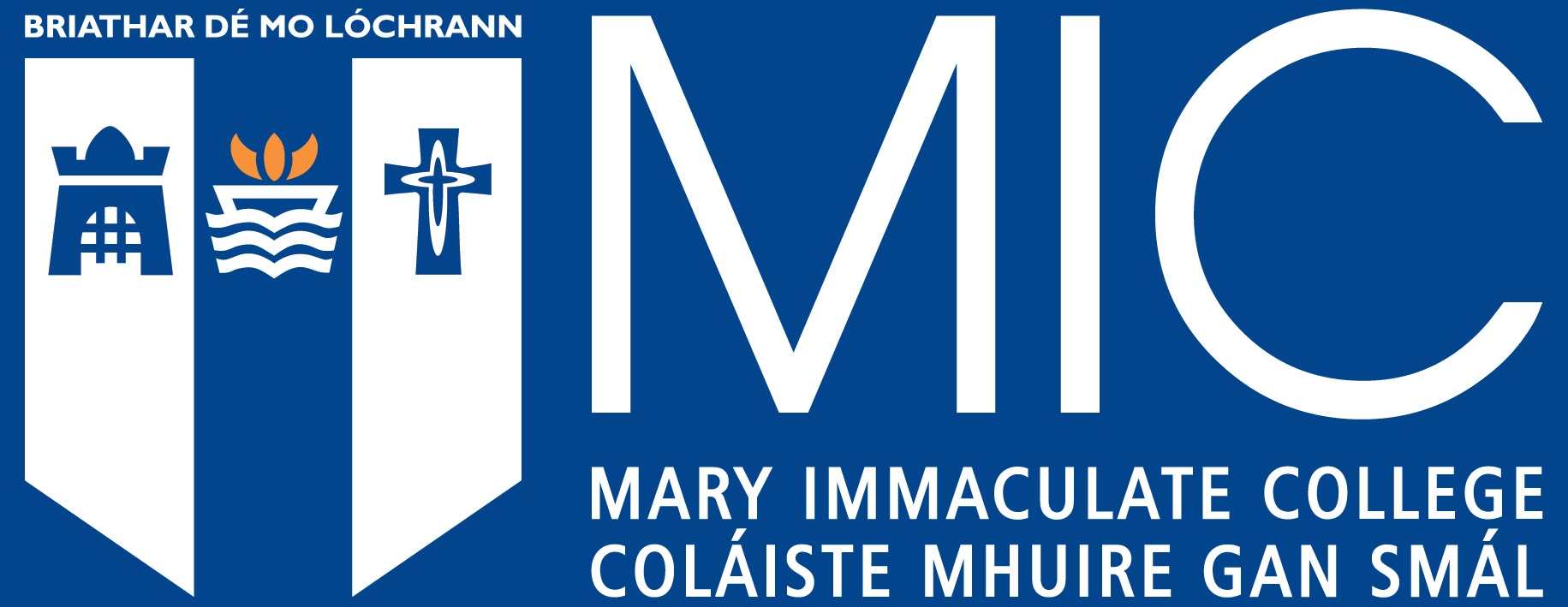Moving in school: physical activity promotion in primary school setting
Loading...
Date
Authors
Journal Title
Journal ISSN
Volume Title
Publisher
Mary Immaculate College, University of Limerick
Abstract
Introduction: Childhood physical activity is associated with numerous health benefits. However, many children worldwide are not sufficiently active to meet the 60 minutes of moderate to vigorous physical activity (MVPA) daily target. The school is a popular location to encourage physical activity participation among children, thus this thesis focuses on the promotion of physical activity in primary schools.
Purpose: To evaluate the impact of physical activity promotion initiatives on primary school children’s physical activity. Three studies were undertaken to 1) examine children’s MVPA during the segmented school day; 2) evaluate the impact of the Active School Flag (ASF), a whole-school initiative, on children’s daily MVPA and 3) determine the impact of a peer-led lunch-time intervention on primary school girls’ daily MVPA.
Methods: Study 1: A convenience sample of boys and girls aged 11.2 ± 1.2 years (n=98), attending four non-DEIS (Delivering Equality of Opportunity in Schools) mixed urban primary schools in Co. Kerry, wore accelerometers for five consecutive days during school hours in March, September or October 2012. Study 2: Boys and girls aged 9.2 ± 1.7 years, attending one DEIS and one non-DEIS mixed rural primary schools undertaking the ASF process acted as the intervention group (n=31) and two schools matched for school type, DEIS status and location acted as the control group (n=30). Participants wore accelerometers for seven consecutive days at baseline (November 2012) and at six (June 2013) or twelve-month (November 2013) follow-up. Study 3: Girls aged 7.6 ± 0.5 years, attending eight randomly selected girl-only primary schools in Munster, acted as the intervention (n=32) or control (n=24) group. One intervention and two control schools were of DEIS status. The intervention group participated in lunch-time activities led by student leaders aged 10.8 ± 0.4 years over eight weeks from March to June or September to December 2014. The intervention and control groups wore accelerometers for five consecutive days during weeks 0, 4 and 8. On weeks 4 and 8, the intervention group produced individual drawings and writings and three participants from each intervention class participated in focus group discussions describing their experience of the intervention.
Findings: Study 1: Break-time was the segment of the school day in which boys undertook the highest percentage of MVPA; that is 30.8% of 15-20 minute break-times were spent in MVPA compared to 26.4% of 30 minute lunch-times and 23.5% of 30-60 minute physical education lessons spent in MVPA. Girls carried out the highest percentage of school day MVPA during physical education by engaging in MVPA for 17.4% of 30-60 minute physical education lessons, 13.8% of 30 minute lunch-times and 12.9% of 15-20 minute break-times. Both boys and girls spent the lowest percentage of time in MVPA during class-time: 3% and 2.3% of 225-290 minutes respectively. Mann Whitney U tests showed girls were significantly less active than boys throughout the segmented school day (P < .05). Study 2: Daily MVPA for the ASF group at baseline and follow-up were 55.2(15) and 65.3(20.5). Corresponding values for the control group were 50.5(18) and 64.3(23.6). A mixed ANOVA revealed participation in the ASF did not significantly alter children’s daily MVPA from baseline to follow-up in comparison to the control group (P .05). Study 3: Daily MVPA for the intervention group on weeks 0, 4 and 8 were 49.6(15), 55.6 (17.1) and 50.5(19.1).

